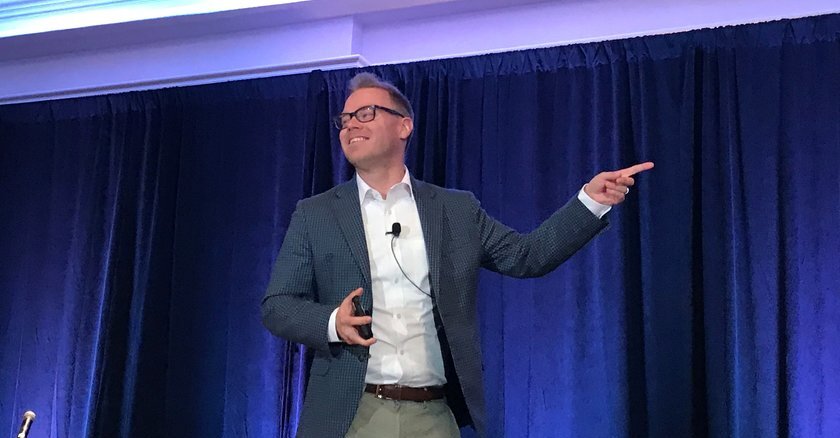One of the challenges at the forefront of the discussion was the impact of COVID-19 and how the pandemic contributed to state and local budget shortfalls last year. Despite these challenges, data shared during the event by the Center for Digital Government* suggests that an increase in IT spending is likely to occur over the course of the next few months.
“The most likely scenario is a 7 percent growth in IT spending, topping out at $118.7 billion,” Joe Morris, e.Republic’s vice president of research said.
Based on these figures, Morris broke down specific IT spending projections for different verticals within the state and local government market.
- Education: $31.8 billion
- Health and Human Services: $31.5 billion
- Transportation: $14 billion
- Justice and Public Safety: $10.8 billion
- Finance and Administration: $10.5 billion
- Utilities: $9.8 billion
- Environment and Housing: $8.4 billion
However, funding for education and public health has grown exponentially due to federal relief funds.
Since March 2020, states and localities have received over $360 billion in federal funds via several relief packages, including the CARES Act and the Families First Coronavirus Response Act.
Other federal relief packages, such as the $1.9 trillion American Rescue Plan that is currently being reviewed by the Senate, could provide another $350 million in federal funding to state and local governments.
But what does all of this mean for government IT?
For state government CIOs, the pandemic has put a spotlight on IT priorities like cybersecurity, budget and cost control, citizen experience, cloud computing and infrastructure modernization, governance, broadband connectivity and process automation, according to Morris.
Whereas county CIOs’ have shifted their IT priorities to include the hiring and retaining of IT personnel, business intelligence and analytics, disaster recovery and continuity of operations, e-services, and so on.
As for what to expect moving forward, Morris said, “We expect the worst of the economic climate to hit local government over the next two years, probably over the next 18 to 36 months.”
“The silver lining,” he said, “is that it gives local government officials a little bit more time to plan and prepare, whereas state governments are bouncing back a little bit quicker.”
*The Center for Digital Government is part of e.Republic, Government Technology's parent company.









